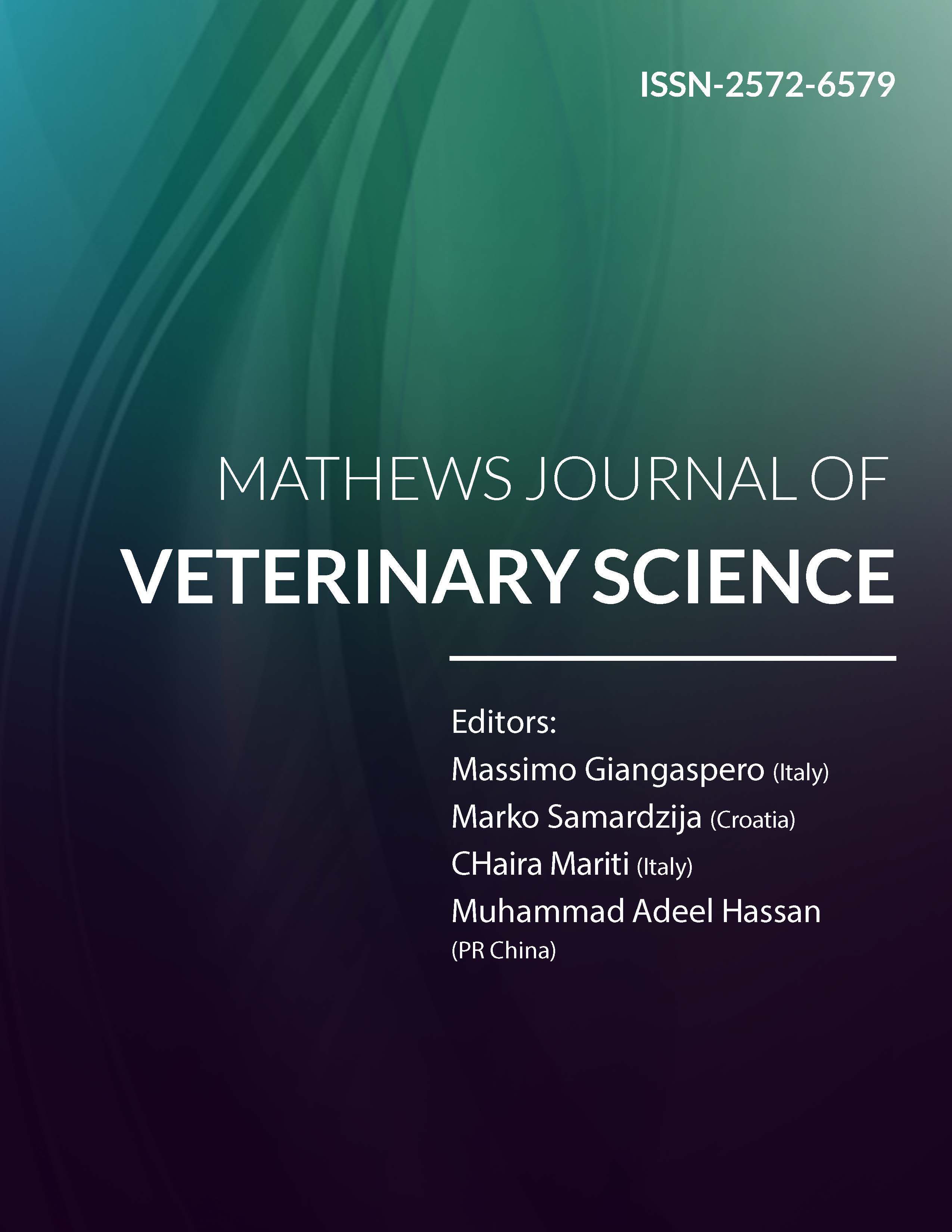
Information Links
Previous Issues Volume 1, Issue 1 - 2016
Surgical Management of Abdominal Hernia in a Duck (Anas Platyrhynchos)
J.D Parrah1, Khadim Hussain Dar2, Hakim Athar3, Beenish Qureshi4
1Associate Professor Faculty of Veterinary Sciences and Animal Husbandry, Ganderba, Sher-e-Kashmir University of Agricultural Sciences and Technology, Kashmir-190006.
2Ph.D Research Scholar Division of Veterinary Surgery and Radiology Ganderba, Sher-e-Kashmir University of Agricultural Sciences and Technology, Kashmir-190006.
3Assistant Professor Faculty of Veterinary Sciences and Animal Husbandry, Ganderba, Sher-e-Kashmir University of Agricultural Sciences and Technology, Kashmir-190006.
4M.V.Sc Scholar Division of Veterinary Surgery and Radiology Ganderba, Sher-e-Kashmir University of Agricultural Sciences and Technology, Kashmir-190006.
Corresponding Author: Khadim Hussain Dar, Ph.D Research Scholar, Division of Veterinary Surgery and Radiology Ganderba, Sher-e-Kashmir University of Agricultural Sciences and Technology, Kashmir-190006.Tel: 0194 246 2758;Email: [email protected]
Received Date: 22 April 2016
Accepted Date: 03 May 2016
Published Date: 31 May 2016
Copyright © 2016 Dar KH
Citation: Dar KH. (2016). Surgical Management of Abdominal Hernia in a Duck (Anas Platyrhynchos).Mathews J Vet Sci. 1(1): 002.
ABSTRACT
A 2-year old female duck weighing 3.75kg was presented to the Division of Veterinary Surgery & Radiology, SKUAST-K with a history of painless reducible abdominal swelling from 15 days present in the ventral abdominal region close to the cloaca. After clinical examination the ventral abdominal hernia was diagnosed. The bird was anaesthetized with diazepam followed 5 minutes later by Ketamine. A ventral midline celiotomy was performed. For repair of the abdominal hernia the abdominal muscles and skin were sutured in a standard two-layer closure using a simple continuous suture pattern. The bird was confined in a cage to restrict movement for a period of two weeks. Postoperatively, Meloxicam and Enrofloxacin were administered along with antiseptic wound dressing for 10 days. On removal of skin sutures on 10th day, complete healing of the area was observed and the bird recovered completely without any complications. The follow up study for 6 months revealed sound recovery.
KEYWORDS
Duck; Anaesthesia; Hernia; Repair.